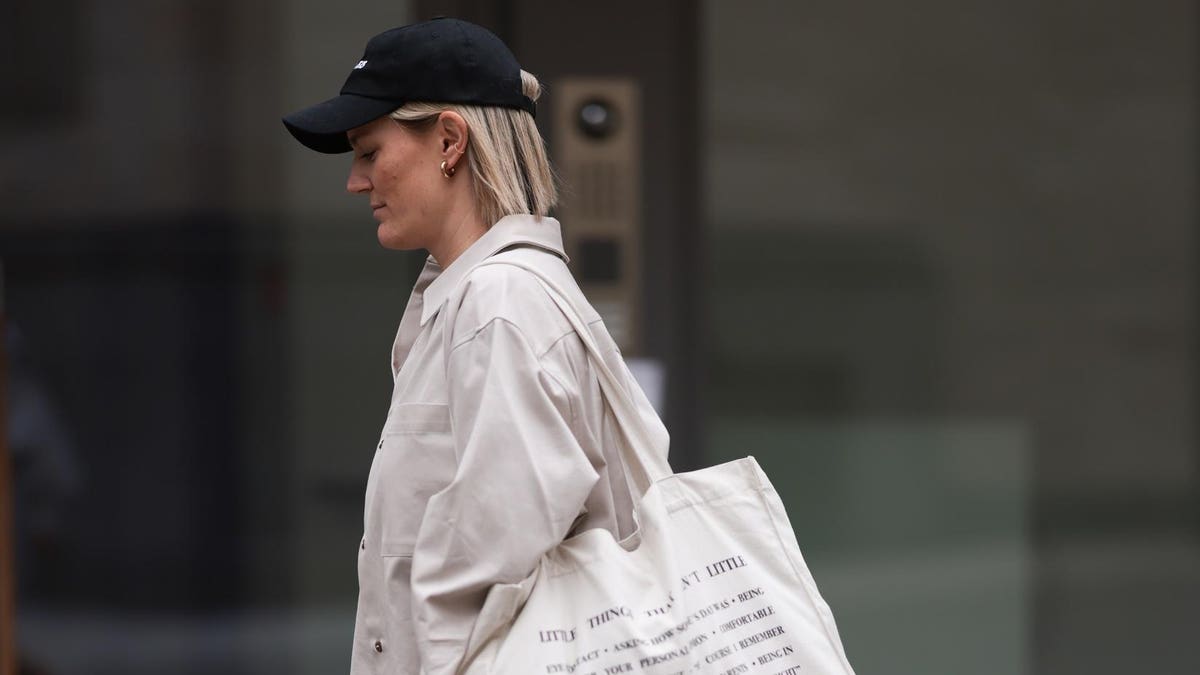The partnership between LVMH and the Paris 2024 Summer Olympics brings the pinnacle of luxury and sport together at a time when consumer demand for chic comfort is at a peak.
Last week, Bernard Arnault announced a sponsorship deal between LVMH and the Paris 2024 Summer Olympics – a deal that creates a premium partnership between the pinnacle of sport and luxury. While not the first time these two worlds have come together, this auspicious alliance has the power to open new doors of creativity and collaboration across multiple industries including beauty, jewelry, and accessories. Yet the industry that may have the most to gain is apparel. As we begin to dream about what a Dior Olympic uniform will look like, brands have already begun tapping into a more active way of dressing – shattering traditional classifications along the way.
You Had Me At Athleisure
When the activewear trend took off about 10 years ago, we began to see wardrobe blending emerge. We had numerous terms for this, whether it was athleisure, sportswear, or leisurewear. Call it what you will, but it all meant we were blending elements of activewear into our everyday wardrobes – from wearing a sports bra with jeans, to a sweatshirt with tailored pants. Then the pandemic hit, and we traded this crossbred wardrobe for straight-up comfort. If the athleisure trend drew us to dip our toes into the “active” pool, then the pandemic was our cannonball straight in. Clothing that was cozy and oversized (bonus if it was tie-dyed), is what sold.
Meeting In The Middle
Emerging from the pandemic, we may be back to wardrobe blending, but our needs are different than before. The style is no longer about matching activewear and tailored pieces together to create a “mixed media” outfit. Instead, this blending is coming from versatile categories that can play in both worlds. Active and tailored clothing are meeting in the middle.
Let’s take men’s clothing as an example. According to Circana’s Retail Tracking data, U.S. sales of men’s sweatshirts dropped by 10% in the first half of 2023, compared to last year, with declines led by traditional pullover sweatshirts. However, in this declining market, year over year sales for quarter-zip styles grew by 13%. Offering a more polished look, quarter-zip sweatshirts is something you can wear to the office and at home without sacrificing comfort.
From another vantage point, Circana just released news around the growing market for tennis apparel and footwear, coinciding with increased participation in racquet sports. The growth of the tennis soft goods market is tied to the heighted popularity of tennis and pickleball, but there’s more to the story. The versatility of athletic dresses, skirts, and other tennis-inspired apparel simultaneously satisfies consumers who are seeking stylish clothing that does not skimp on comfort.
Opportunities (And Risks)
Hybrid wardrobes are opening doors for brands within the apparel industry. With activewear becoming more polished and tailored brands delivering more performance elements in their offerings, it’s easier for brands to expand their assortments and reach new consumers without fear of watering down or altering brand perception. Active brands such as Reebok, Lululemon, and Under Armour
UAA
This hybrid opportunity is not without its challenges. While it has the potential to expand a brand’s consumer base, it also opens them up to more competitors. Active brands are not only competing with each other but also with other brands outside their immediate circle. Take fashion brand Hugo Boss as an example, which is growing and gaining market share in the men’s sweatshirt space, according to Circana’s Retail Tracking data. For brands, the winning strategy places less emphasis on wardrobing for an occasion and more focus on lifestyle outfitting opportunities. As our work schedules and lifestyles are now hybrid, so must be our apparel.
Read the full article here





